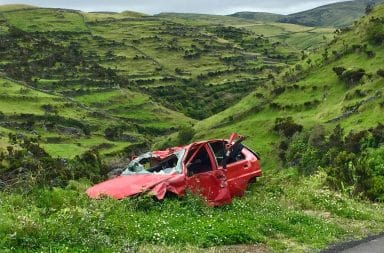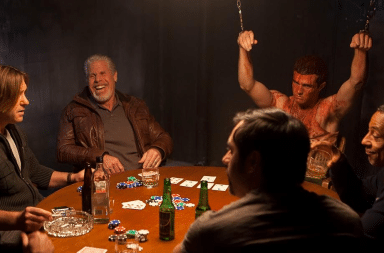Psychedelic drugs have existed for millennia and have traveled a rich historical journey. In their early use, they were considered sacred by some cultures, often for spiritual and healing rituals, while being demonized by others for their mind-altering effects.
Today, as interest in psychedelics grows, many countries make these substances more accessible in certain regions for people who want to explore the positive benefits of these drugs. Additionally, you can even mail order shrooms in Canada and other countries—it is a convenient way for individuals to explore these substances from the comfort of their own homes. That said, let’s take you to where the psychedelic craze first began.
Ancient History: The First Evidence
Psychedelic use was first discovered in the Sahara Desert in Algeria. Cave paintings estimated to be between 7,000 and 9,000 years old were found in the Tassili-N-Ajjer region. These mural paintings depicted the “mushroom man,” a figure with a bee head and mushrooms sprouting out of different parts of his body. The figure was later identified as Psilocybe mairei mushrooms.
In another timeline, some researchers discovered psychedelic was first used as a religious sacrament for thousands of years, from 3780 – 3660 BC. The Native Americans utilized peyote for this purpose, a cactus that produces the psychedelic compound mescaline.
However, these are not the only debates surrounding the early evidence of psychedelic use. In Central America between 1300 – 1521 AD, the Aztecs consumed mushrooms, believing them to be the “flesh of God.” In the 1500 AD, Europeans believed peyote to be a source of “witchcraft”—Catholic texts referred to this cactus as such.
When Westerners Discovered Psychedelic Drugs
Many centuries later, psychedelic drugs made their way to Europe. However, due to the rise of Christianity, it was heavily chastised. The church believed that these psychoactive plants were forms of heresy and witchcraft. People who were found using psychedelic substances were often persecuted, but this didn’t stop psychedelic drug intake in remote cultures, particularly the Americans.
Psychedelic substances slowly made their way back as Europeans explored new territories. This first happened when Friar Ramon Pane traveled with Christopher Columbus on a journey to America in 1496. On this journey, Friar Ramon Pane noticed the consumption of a psychoactive snuff known as “yopo” among the Taino people of the Dominican Republic.
Much later, missionaries and conquistadors began exploring territories where psychedelic drug intake was normal, and this sparked the curiosity of Western science in psychoactive substances and marked the beginning of serious investigation.
The Prohibition Era
In 1897, as research intensified, German chemist and pharmacologist Arthur Heffter isolated mescaline from peyote, marking a significant breakthrough in the West’s study of psychedelics. Later, Swiss chemist Albert Hofman synthesized LSD in 1938 and discovered psilocybin in 1958. Other researchers also identified various psychedelic compounds, but this growing interest eventually led to widespread, uncontrolled recreational use. In response, governments began passing laws to regulate or prohibit the possession, sale, and manufacture of psychoactive substances.
In 1966, California became the first state to criminalize LSD, and in 1971, the UN declared that psychoactive substances were to be classified as controlled substances. These are just a few examples of the regulations imposed on psychedelics since they gained popularity in the 1800s.
The Psychedelic Renaissance
In the late 20th century and the early 21st, researchers resumed their investigation into psychedelic drugs and have since discovered their potential benefits. The therapeutic and spiritual potential has led many countries to expand research efforts.
Psychedelics reentered the mainstream in 1991 when psychiatrist Rick Strassman published his findings on the subjective effects of DMT in his book DMT: The Spirit Molecule. Following the publication of this book, other researchers dug deeper into the potential of psychoactive compounds.
Today, the most recent studies on psychedelic drugs are being carried out by two research centers: Imperial College London’s Centre for Psychedelics Research, and Johns Hopkins Center for Psychedelic and Consciousness Research.
Conclusion
Psychedelics have a deep connection to human history. There is a strong possibility that the industry will become more active, and more countries will consider decriminalizing their use.


